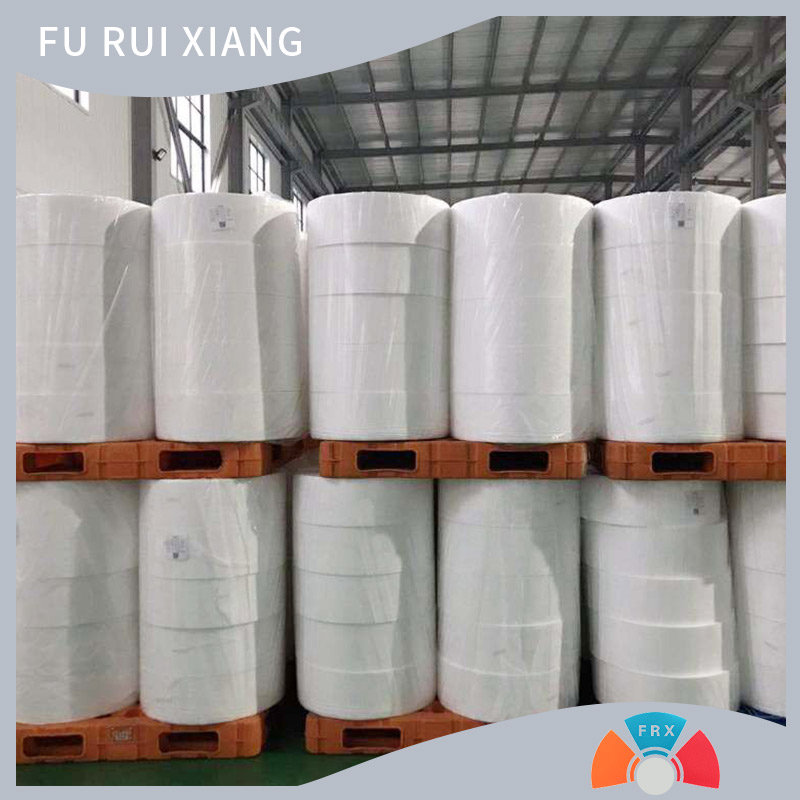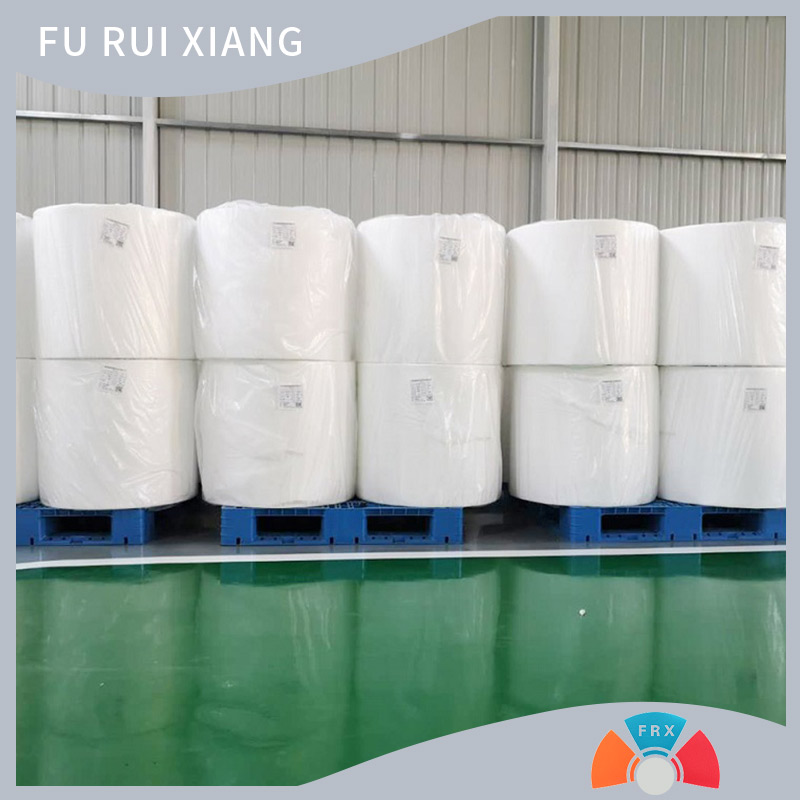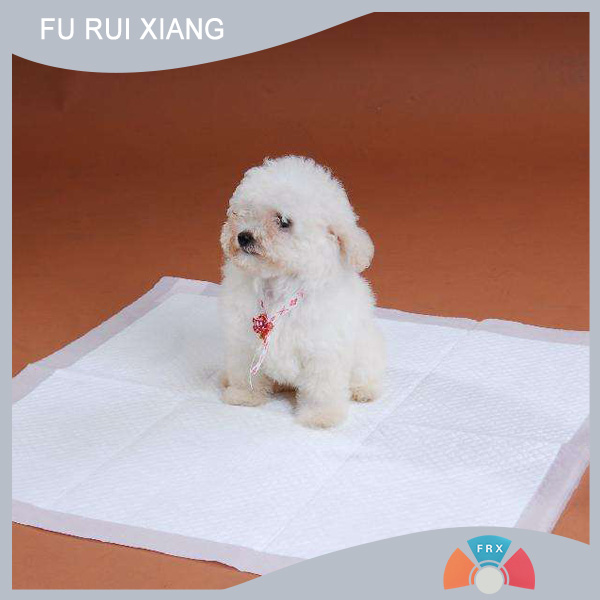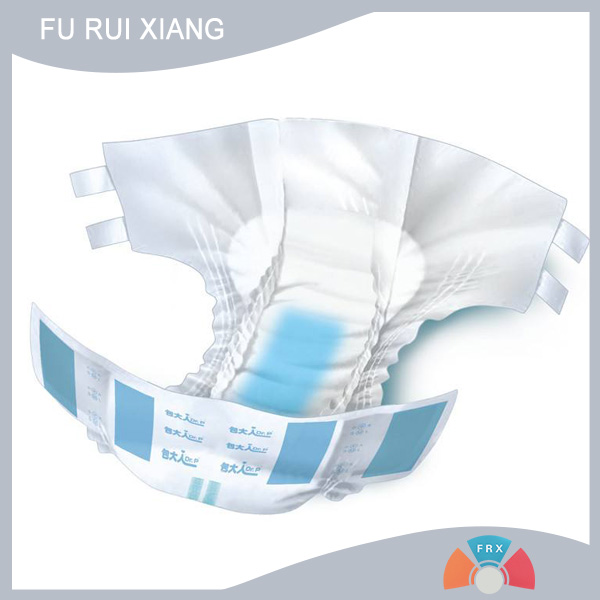Sustainable manufacturing in the textile industry will promote the upgrading of the industrial structure!
This year, the textile industry is still facing problems such as high raw material prices, rising freight costs, and rising labor costs.
Under the background that the epidemic has not turned significantly, it is expected that the export of textiles and clothing may experience negative growth in the first quarter under the high base effect.
The sustainable manufacturing of the textile industry has promoted the optimization and upgrading of the industrial structure, promoted energy conservation and emission reduction, clean production, accelerated the development of circular economy, strengthened the comprehensive utilization of resources, and continuously improved the level of green and low-carbon development.
Mr. Bi Huichuan has rich experience in the production of polypropylene spunbond non-woven fabrics. In April 1996, he established Qingdao Jufuxiang Plastic Industry Co., Ltd. (the predecessor of Qingdao Furuixiang Plastic Technology Co., Ltd.), dedicated to production, research and development SMS, SS, S polypropylene spunbond non-woven fabrics.
- A detailed introduction to Weicai non-woven fabric!
- The development trend of the textile fabric industry!
- Qingdao Furuixiang Plastic Technology Co., LTD. Furniture Non-woven Fabric: A practical decorative material suitable for
- Qingdao Furuixiang Plastic Technology Co., LTD. Spunbond Nonwoven Fabric: The mainstream molded category in nonwoven fab
- Green and low-carbon, the textile industry is accelerating its "breakthrough"!
- Furniture non-woven fabric: A furniture auxiliary material that combines practicality and aesthetics!
- The export situation of China's textile and garment industry in the first half of the year!
- Qingdao Furuixiang Plastic Technology Co., LTD. Spunbond Nonwoven Fabric: A high-efficiency formed nonwoven fabric categ
- Spunbond nonwoven fabric: A high-efficiency formed nonwoven fabric category!
- Raw materials, properties of medical non-woven fabrics, and differences from ordinary non-woven fabrics!










